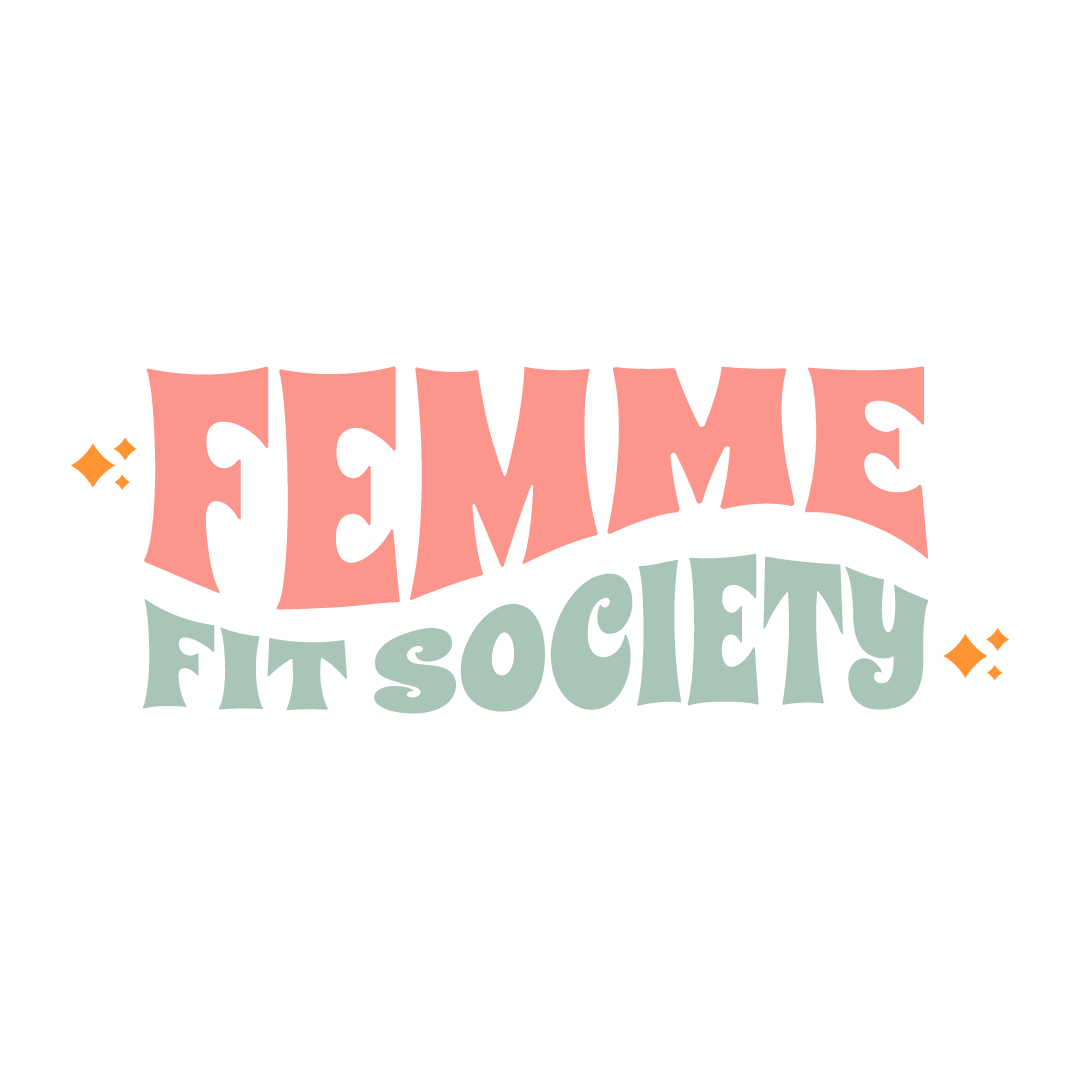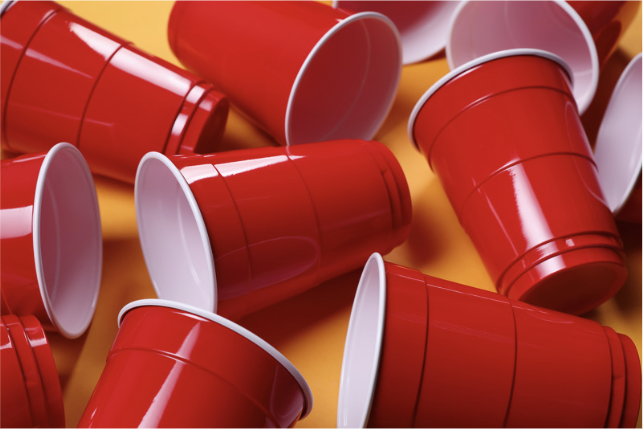The Solo Cup: Load vs. Capacity
People are quick to demonize movements. “I hurt my back deadlifting, deadlifts are bad for me.” “I hurt my shoulder pressing overhead, I should stop pressing overhead.”
It’s time to change that thought process.
A few truths:
The only movement that is bad for you is the one that you are unprepared for. Any movement in itself - no matter how stupid you may think it is - is not bad for you.
Injury almost always comes down to load versus capacity.
The solo cup is my favorite way to describe load versus capacity, let's dive in:
Imagine you have a solo cup that demonstrates your capacity and when it overflows, you feel pain. What are the things that go into your solo cup?
Sleep. Are you getting a solid 7-9 hours, at consistent sleep and wake times? That only pours a little into your cup. Are you getting 3-6 hours of inconsistent sleep? That is going to be a big pour.
Stress. Are you high stress? Is work crazy right now? Are you arguing with your significant other? Is your kid sick? Are you worried about finances? These will all add to your cup.
Fuel. Are you eating enough protein and consistently fueling your body appropriately? Are you hydrating?
Day to day. Do you have to take the dogs to the vet, do extra laundry, cook for multiple people - all the little add ons fill up your cup a little more.
Training - after you take into consideration ALL of the above, the last thing that fills your cup is your training and the movements you do in the gym.
So the story goes like this: you get inconsistent sleep for a week, you are under fueled or under eating protein, you haven’t been on top of your hydration, work is crazy busy, you make it to the gym after a long day (or week), and you do some deadlifts, and your back hurts.
You automatically think, deadlifts are bad for me, they hurt my back. As humans, we love to pinpoint a problem. We want something to solve. The reality is, on a different day, with better sleep, more protein, less stress, you could do the exact same movements, with the exact same weight and reps, and feel no pain. You just had more room in your cup.
While this may seem frustrating because there is nothing specific to blame or fix, it should in fact, be liberating. We have SO much more control than we realize. When things go wrong, when we hurt ourselves, there is so much we can do. We can look at our lifestyle factors and start to build consistency. We can go for more walks, improve our sleep, dial in our nutrition, and all of these things can and will help decrease our pain.
The even better news? We can BUILD A BIGGER CUP. The more consistency we have with these factors, the bigger our cup becomes. This means we have more capacity, more room for life to fill up our cup before we reach our overflow (pain threshold).
Pain is complicated and multifaceted. We aren’t machines and don’t just have parts to be replaced. We are a system, and that system has to be constantly taken care of, one habit at a time, consistently, over time.


